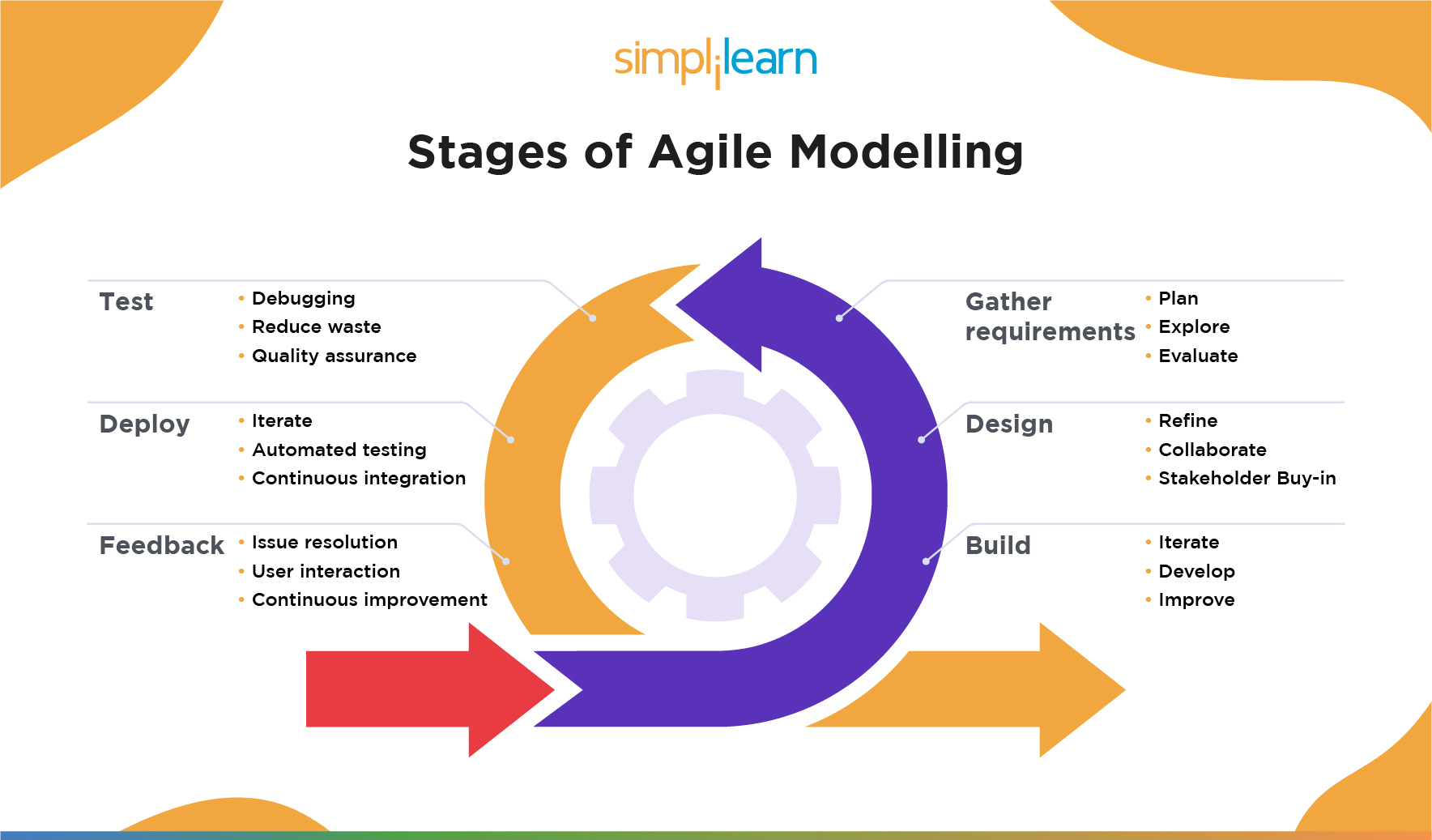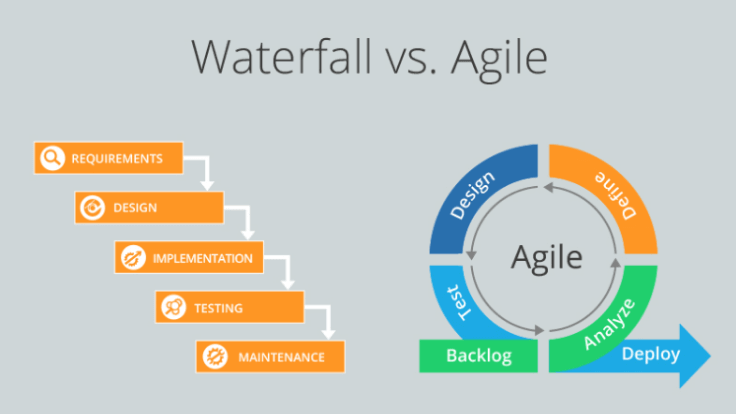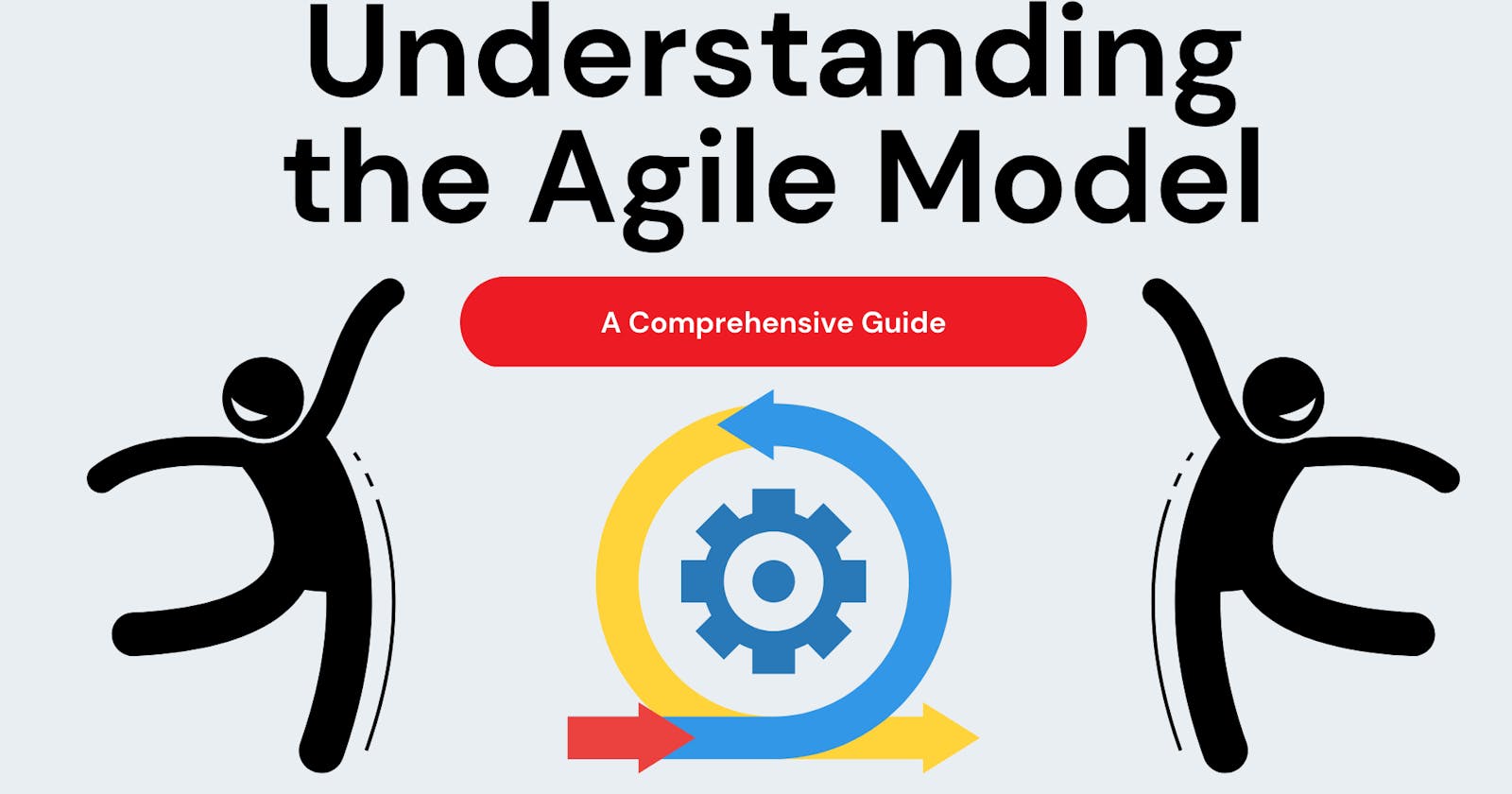Understanding the Agile Model: A Comprehensive Guide
A Beginner-Friendly Introduction to the Agile Methodology for Effective Software Development
Are you tired of the traditional software development methods that take ages to complete and don't meet your evolving requirements? Say hello to the Agile model - a modern approach to software development that emphasizes flexibility, collaboration, and customer satisfaction. In this blog, we'll dive deep into the Agile methodology, learn its core principles, and explore how it can revolutionize the way you build software. Also, we'll look into the Agile Manifesto.
What is the Agile Model?
The Agile Model is an approach to software development that emphasizes flexibility, collaboration, and an iterative process. Rather than planning out the entire project in advance, the Agile Model breaks development down into smaller, more manageable pieces. Each piece is developed in a series of short iterations, with feedback being provided throughout the process. This allows the team to respond quickly to changing needs and requirements, and to adjust the project as necessary.

It was first introduced in 2001 with the publication of the Agile Manifesto, which outlined a set of principles for Agile software development.
Agile Manifesto
Link to Agile Manifesto : https://agilemanifesto.org/
To understand the Agile model, it's essential to learn about the Agile Manifesto, which outlines the values and principles that guide Agile software development. The manifesto was in 2001 created by a group of software developers who were frustrated with the limitations of traditional development models and sought a more flexible, collaborative, and customer-centric approach.
The Agile Manifesto consists of four key values:
Individuals and interactions over processes and tools
Working software over comprehensive documentation
Customer collaboration over contract negotiation
Responding to change by following a plan
These values prioritize people and relationships over rigid processes and documentation and emphasize the importance of customer involvement and adapting to changing requirements.
The manifesto also includes 12 principles that further elaborate on these values, such as 'Deliver working software frequently,' 'Welcome changing requirements, even late in development,' and 'Build projects around motivated individuals, give them the environment and support they need, and trust them to get the job done.'
By following these values and principles, Agile teams aim to deliver high-quality software that meets the customer's needs, adapts to changing requirements, and is built through collaboration and communication among team members.
How does the Agile Model work?
The Agile Model is built around the idea of sprints, which are short development cycles that typically last between one and four weeks. Each sprint involves a cross-functional team of developers, designers, and other stakeholders working together to complete a set of tasks. At the end of the sprint, the team demonstrates their work to stakeholders and solicits feedback, which is then incorporated into the next sprint.
The Agile Model involves four key phases:
Planning: In this phase, the team identifies the goals and objectives of the project and determines which features will be included in the first sprint.
Development: During this phase, the team works on developing the features identified in the planning phase. This typically involves a series of short iterations, with feedback being provided throughout the process.
Testing: Once the features have been developed, the team moves on to the testing phase. This involves testing each feature to ensure that it works as intended and that any bugs are identified and fixed.
Deployment: Finally, the features are deployed to production and made available to users.
To implement the Agile model, a team typically uses a framework like Scrum or Kanban. Scrum is the most popular Agile framework and includes roles such as Scrum Master, Product Owner, and Development Team. Kanban is another popular framework that focuses on visualizing work and limiting work in progress.
Example of Agile Methodology
An example of the Agile model in action might be a team developing a mobile app. The team would break the development process into sprints, with each sprint focused on delivering a specific set of features. At the end of each sprint, the team would review the working software with stakeholders and make any necessary changes based on feedback. This process continues until the app is complete and ready for release.
Agile v/s Waterfall Model

Let's take a closer look at the differences between the waterfall model and the agile model to better understand their strengths and weaknesses.
Waterfall Model | Agile Model |
Sequential development process | Iterative development process |
Emphasizes documentation | Emphasizes working software |
Changes are difficult to make once the development phase is over | Changes can be made at any phase |
Testing is done after the development phase is over | Testing is done throughout the development process |
Requires extensive planning and design before development | Planning and design are done incrementally |
Best suited for well-defined projects with fixed requirements | Best suited for projects with changing or evolving requirements |
Top-down management approach | Collaborative approach with self-organizing teams |
Customer feedback is limited | Customer feedback is encouraged and incorporated throughout the process |
The goal is to deliver a fully functional product at the end of the project | Goal is to deliver a minimum viable product (MVP) early on and then iterate and improve upon it |
Conclusion
The Agile Model is a flexible and iterative approach to software development that emphasizes collaboration, feedback, and responsiveness to change. It is a departure from the traditional waterfall model of software development, which emphasizes planning and documentation over collaboration and flexibility. The Agile Manifesto provides a set of guiding values and principles that help teams stay focused on the important aspects of Agile software development. By embracing the Agile Model, software development teams can create better products, respond to changing needs more quickly, and work more collaboratively.
In the next blog, we will explore some websites and certification resources that you can use to continue your learning journey in DevOps. So, stay tuned!
If you found this blog informative, please show your support by dropping ❤️ and sharing it with your friends. 🙌🏼 I would also love to hear your feedback and suggestions for future topics, so feel free to drop a comment and let me know how I can improve. 🤗
